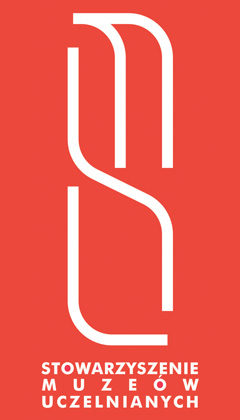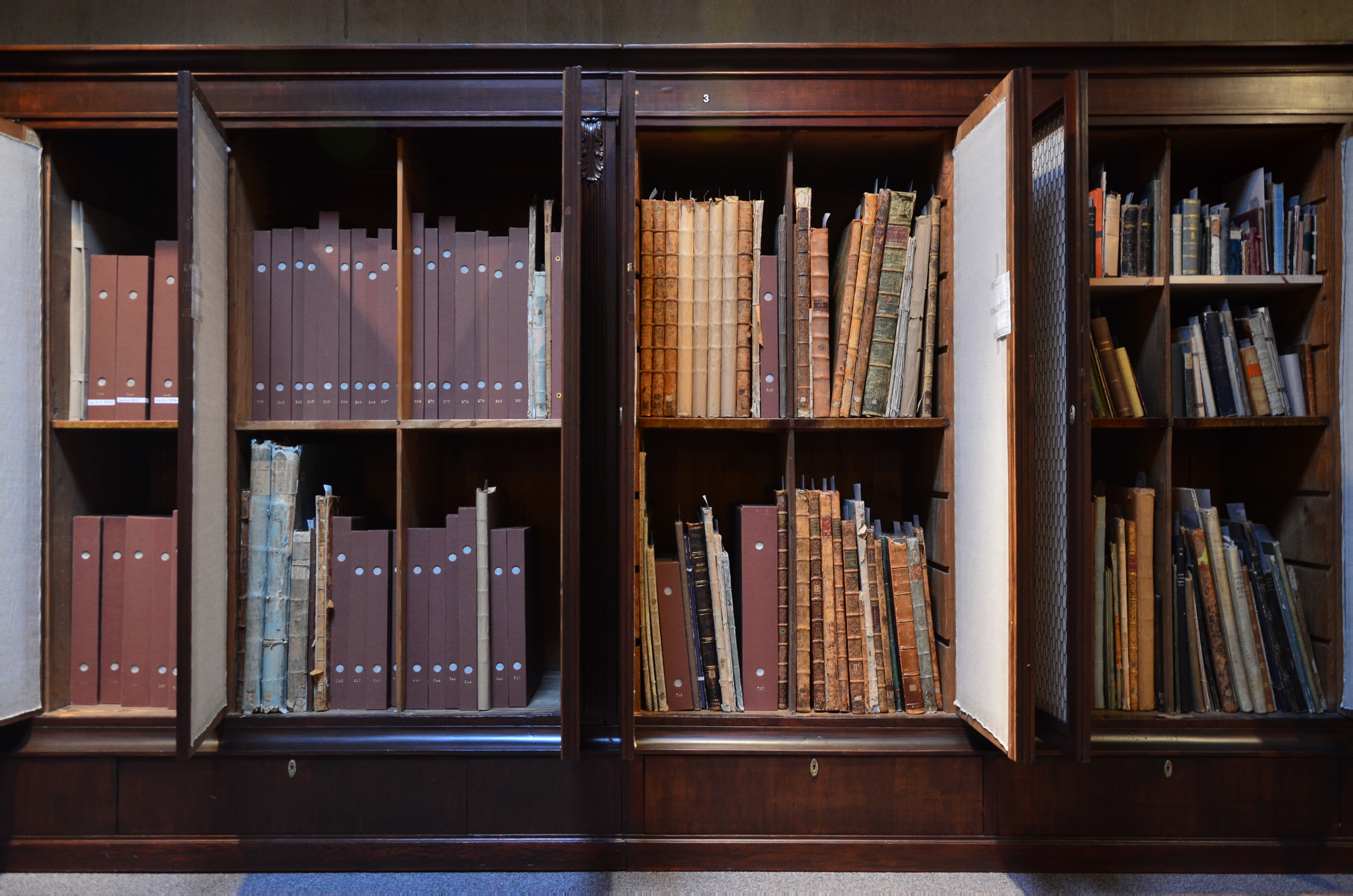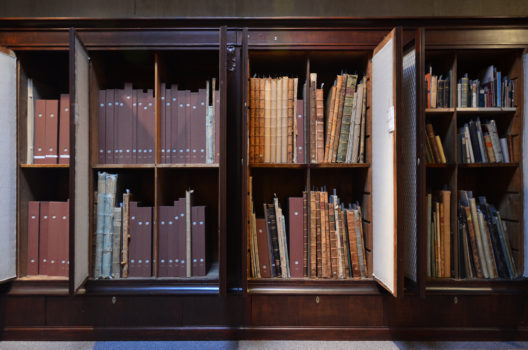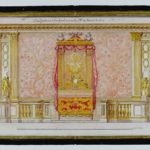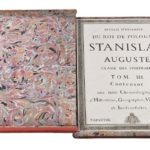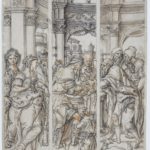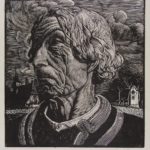Print Room of the University of Warsaw Library (BUW)
ul. Dobra 56/66
00-312 Warsaw
Tel. (22) 55 25 830
gabryc.buw@uw.edu.pl
www.buw.uw.edu.pl/zbioryspecjalne/gabinet-rycin
http://egr.buw.uw.edu.pl
Free admission (a valid library card is essential).
Reading Room: opening hours:
Tuesdays, Thursdays: 9 am – 6 pm (on other days books from the Print Room
Reference Library can be ordered via the Main Reading Room of the Warsaw University Library).
Keeper: Jolanta Talbierska PhD
Staff: Małgorzata Biłozór-Salwa PhD, Urszula Dragońska MA, Marcin Falkowski MA, Małgorzata Łazicka MA, Izabela Przepałkowska PhD, Przemysław Wątroba MA, Jarosław Wołodko MA
The Print Room of the University of Warsaw Library (BUW) was established in 1818. Currently the collection has approx. 50,000 original artistic and architectural drawings and prints spanning the 16th to 21st centuries: single leaf prints and bound volumes. The 17th and 18th centuries are the most comprehensively represented and the works are principally by western European artists. The core of the collections consisted of King Stanisław August Poniatowski’s collection, which was purchased from his heirs in 1818 for the newly established University of Warsaw. Stanisław
Kostka Potocki, who suggested the aforementioned collection be acquired, donated part of his own collection – which included 16th- to 18th-century prints and drawings by European masters – to the university in the years 1818–1821. After the fall of the November Uprising the Print Room’s collections were confiscated as part of the Russian repressions, and in 1832 were taken to the Academy of Fine Arts in St Petersburg where they were supplemented by the collections of the Society of Friends of Sciences in Warsaw (TPN) and the collection of Duke Eustachy Sapieha of Dereczyn. The Print Room’s collections, together with the two with which they have been enhanced, did not return to Warsaw until 1923, under a resolution of the Treaty of Riga. In the years 1924–1939 the collections grew thanks to purchases and donations. The most important and largest series to enhance the collections at that time were: the archives of Tilman van Gameren (17th-century architectural drawings), the collection of Dominik Witke-Jeżewski (18th- and 19th-century architectural drawings), a gift of Izydor Krzemicki (16th–18th-century chiaroscuro woodcuts) and a loan from Henryk Grohman (Western European and Polish graphic art dating from the turn of the 19th/20th centuries) which were transferred to the Print Room before the outbreak of the Second World War. After the Second World War, the collection of Stanisław Patek (which supplemented Jeżewski’s collection) as well as the collections from Łańcut belonging to the Princes Lubomirski (18thand 19th-century architectural drawings) were also transferred to the university. The collection of 16th–20th century artistic drawings contains almost 3,500 works by masters of European schools, and also of Polish authors and those who were active in Poland. The very valuable series of architectural and decorative drawings (more than 3,500) is closely connected to the history and culture of Poland. It is represented by the archives of Tilman van Gameren, which are unique on a European scale, as well as architectural designs dating from the 2nd half of the 18th century (most of which are from the King Stanisław August collection) and from the 1st half of the 19th century. The collection of 19th- and 20th-century prints shows the development of graphic arts relatively well, and are represented by works by both foreign and Polish artists. The subject matter covers mainly portraits and views (often published as series), as well as genre and historical scenes. The beginnings of modern prints can be traced back to the works of outstanding European, Polish and American artists from the 2nd half of the 19th century and the major part of the best works are from the collection of H. Grohman. Today the main activities of the Print Room’s staff consist above all of compiling and amassing the collections, carrying out academic research and disseminating knowledge through teaching and exhibitions (in collaboration with other Polish and foreign institutions).
